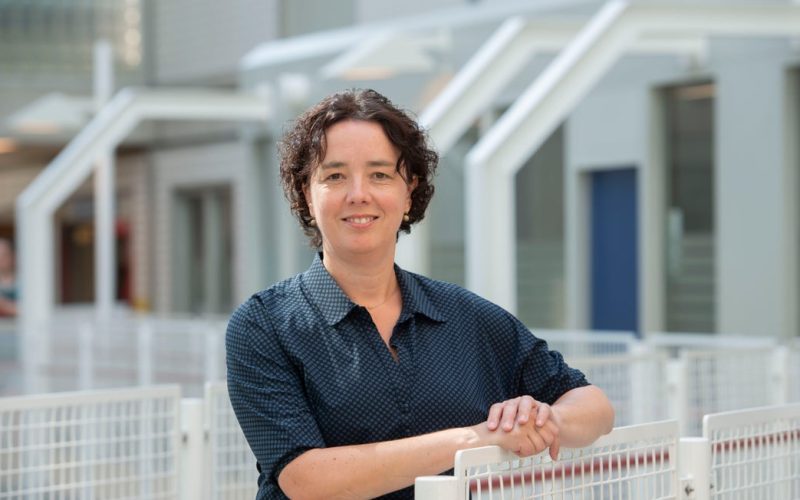Neurologist Ynte Ruigrok will spend the next five years investigating why women are more at risk for a brain aneurysm. This is a dilation of an artery in the head. She wants to unravel the causes that make women more likely to have a brain aneurysm and thus get a better picture of the risk factors for both sexes. For this research, she will receive a Dekker Scholarship, Clinical Established Investigator grant, of 700,000 euros from the Heart Foundation.
Three out of every hundred Dutch people have a brain aneurysm: a balloon-shaped bulge on the arteries located at the base of the brain. The blood vessel is less sturdy at the site of the dilation and may even eventually burst. The cerebral hemorrhage that then occurs is a serious condition: after three months, one in three patients has died, and of those who survive, half suffer severe disabilities afterwards. As many as 65% of people who suffer a cerebral hemorrhage are women. Neurologist Ynte Ruigrok will spend the next five years investigating why women are more at risk for a brain aneurysm and bleeding from such an aneurysm.
“I want to unravel the causes that cause the disease to occur more frequently in women,” says Ynte. “This will give us a better picture of the risk factors for women as well as for men.” Despite the difference in risk of the disease between men and women, the way doctors predict who has a high risk of a brain aneurysm and cerebral hemorrhage is the same for both sexes. “For example, we already know that people who smoke and have high blood pressure are at higher risk, but not whether smoking and high blood pressure have an equally strong impact in women and men. And possibly there are risk factors that play a role only in women. The more risk factors we know, the better we will soon be able to predict which people have a high risk of cerebral vascular hemorrhage.”
The goal is to examine high-risk people preventively for the presence of a brain aneurysm. This can be done with a scan of the blood vessels of the head. A doctor can then close the aneurysm with surgery, preventing it from causing a cerebral hemorrhage. Currently, doctors already do this for family members of people who have had a meningeal hemorrhage. Ynte: “This is a very clear and easily detectable group of people with an increased risk. I want to make sure that soon we will also be able to detect aneurysms early in other high-risk people.”
Ynte will look at genetic factors, lifestyle, hormonal factors and the size and shape of cerebral blood vessels, among other things. Eventually, she will use these to create two risk models: one for men and one for women. “With these, I can then identify people at low and high risk for cerebral blood vessels. In the future, the high-risk people can be referred to the hospital by their family doctor for a scan. In this way, we can prevent an enormous number of life-threatening cerebral hemorrhages.”
